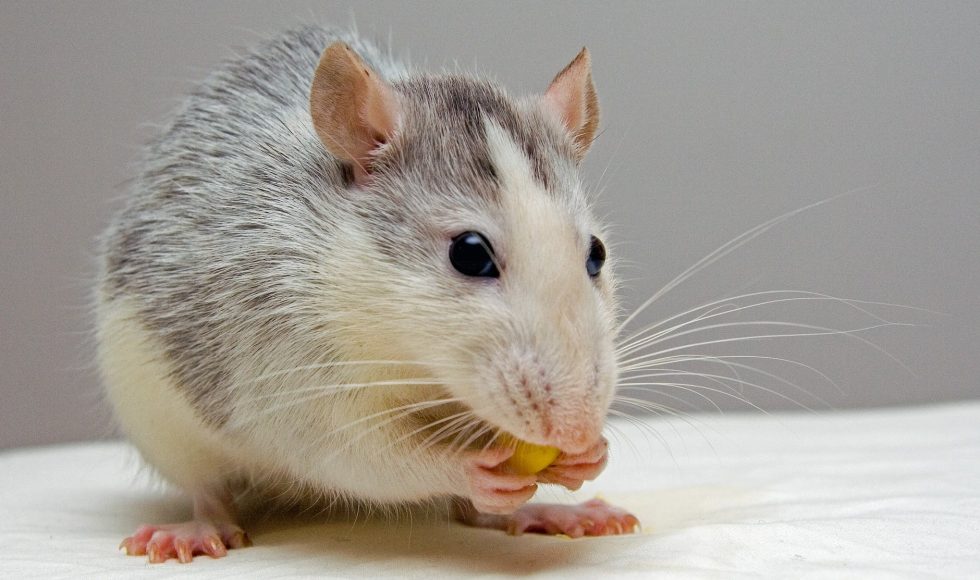Eduardo Eyras from the Australian National University in Australia presented at London Calling 2022 a session entitled “RNA methylation detection at single-molecule resolution uncovers isoform-specific modifications during mouse brain development.” Eyras explained that chemical modifications of mRNA were discovered relatively recently and Boccaletto et al. 2021 noted >150 potential RNA modifications! However, only 6 have been detected so far! Eyras noted the epitranscriptome is the new challenge. Direct RNA sequencing will be a powerful tool! Eyras wanted to predict a method to predict modifications they named CHEUI: CH3 (methylation) Estimation Using Ionic current. Currently it predicts m6A and m5C. They analyzed the accuracy of this program using synthetic RNA templates with known levels of modification. CHEUI had high accuracy and they confirmed that the predictions are consistent across replicates. Eyras and colleagues then tried to detect mRNA modifications in tissues from a mouse experiment. They explored mouse embryonic tissues to learn about brain development. They found opposite patterns of m6A and m5C during development. The genes with these opposite patterns belong to the same functional group: primarily RNA binding proteins. The group then studied isoform-specific RNA methylation patterns. Eyras concluded that CHEUI “enables unbiased detection of m6A and m5C in mRNA in vitro in cells and in tissues” and could be a cost effective way to train with other synthetic RNA modifications.



